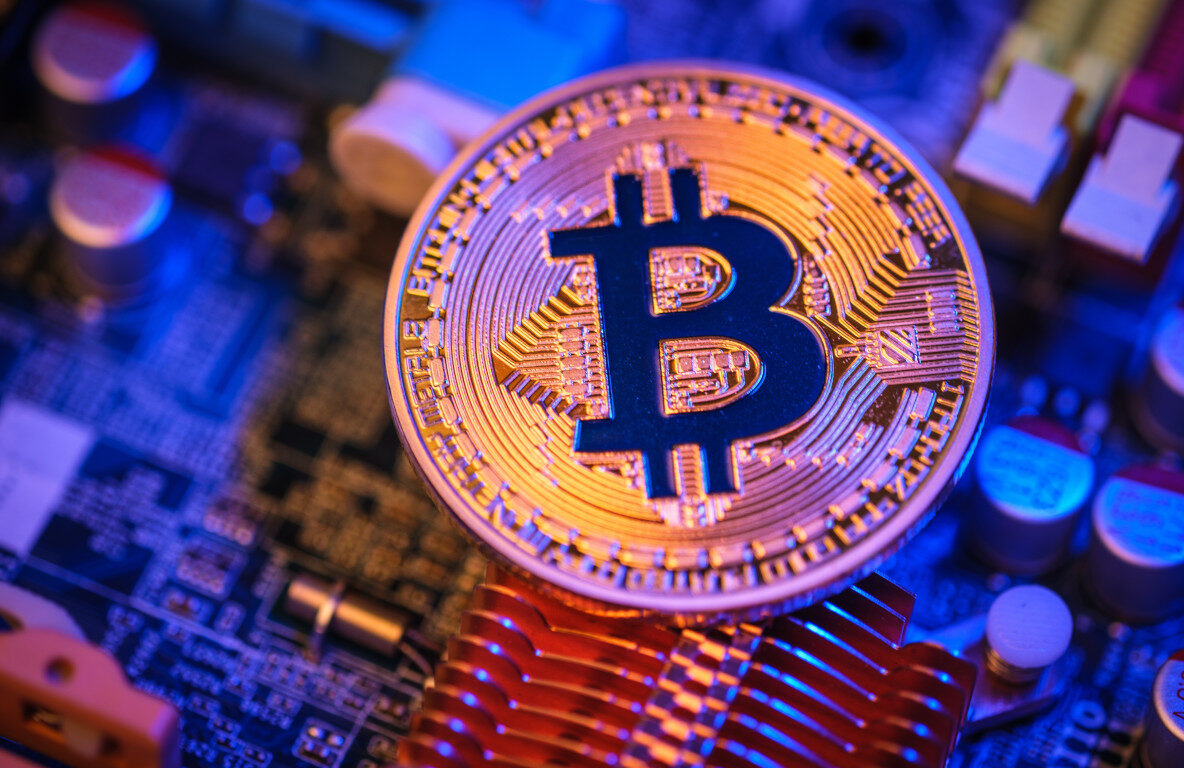Tether has made a big move that will change the future of decentralised finance infrastructure. They have made their Bitcoin Mining software. Moria Operating System (MOS). Available to the public. In informal tech talks. People often refer to the corporation as “iTether,” although its official name is Tether Holdings Limited. It is most known for producing the USDT stablecoin. This significant change is more than just a new piece of software. It means that the centralised control of mining operations may soon give way to more people being able to participate. Increased transparency. And decentralised control.
Tether open-source Bitcoin mining of an open-source mining platform is a smart move to make Bitcoin mining more accessible to everyone, as it has been for a long time. By a small number of big companies. Tether aims to level the playing field in a market that has become increasingly centralised over the past decade. They achieve this by eliminating vendor lock-ins and allowing anyone, from small-scale miners in rural areas to independent amateurs operating renewable-powered rigs, to use professional-grade equipment.
Decentralizing Bitcoin Mining with Tether
Tether open-source Bitcoin mining is gaining increasing attention because it is becoming increasingly concentrated. Major players with access to finance. Proprietary software. And exclusive hardware relationships have taken control of a large proportion of the worldwide hashrate. This centralisation is bad for the Bitcoin ecosystem in both technical and philosophical ways. On a technical level. It makes the network less secure. Which means that a small number of people might. In principle. Have a significant impact on what everyone agrees on from a philosophical point of view. It goes against Bitcoin’s primary values of decentralisation and resisting centralised authority.
 Tether’s open-source project directly fights these dangers. By making the Moria Operating System available to the public under a permissive license, it enables anyone with the proper hardware and technical skills to effectively run and manage Bitcoin mining operations. Tether is following the same open philosophy as Bitcoin Core, the software that powers the Bitcoin network itself.
Tether’s open-source project directly fights these dangers. By making the Moria Operating System available to the public under a permissive license, it enables anyone with the proper hardware and technical skills to effectively run and manage Bitcoin mining operations. Tether is following the same open philosophy as Bitcoin Core, the software that powers the Bitcoin network itself.
Moria OS Powers Smarter Mining
The Moria Operating System is more than just a mining dashboard; it’s a comprehensive suite of tools for managing all types of mining operations. MOS is a modular, plugin-based architecture that works with major mining hardware brands including Antminer, WhatsMiner, and AvalonMiner. It can handle anything from ASIC configuration to temperature management and power usage monitoring. It can work with both air-cooled and immersion-cooled configurations, as it can be adjusted accordingly.
Paolo Ardoino, Tether’s CTO and a leader in blockchain infrastructure innovation, has said that MOS is designed to be extensible. Developers will be able to add additional modules, modify how energy management works, and optimise firmware settings for various climates and locations. This plug-and-play feature provides both small and large Tether open-source Bitcoin mining operations with a platform for creativity. One of the most critical aspects of MOS is that it integrates with Tether’s QVAC intelligence layer, enabling smart telemetry, predictive analytics, and AI-based performance tuning. This puts it ahead of older mining tools because it not only gives users unrestricted access but also intelligent optimisation. Users will be able to monitor hashrate efficiency, identify thermal issues, and even adjust the voltage and frequency automatically to conserve energy in real-time.
Greener Bitcoin Mining with MOS
Tether open-source Bitcoin mining is garnering significant attention worldwide due to environmental concerns. Critics typically point to mining’s high energy use and carbon footprint as problems. This has been the case in U.S. legislative hearings and European Union climate disputes. Tether’s MOS aims to change that narrative by providing miners with the necessary tools to mine in a manner that is more environmentally friendly.
The operating system features real-time energy profiling, allowing users to track their kilowatt-hour usage, carbon emissions, and heat limits. You can use this information to turn off rigs during peak grid hours, add extra solar power during the day, or even connect to hydro or wind-powered systems in places that aren’t connected to the grid. This type of functionality can be beneficial for nations with inconsistent electrical infrastructure or growing renewable energy sectors, as it can help reduce costs and environmental impacts. When software is designed to work with intermittent power sources and changing weather conditions, decentralised mining in regions like Sub-Saharan Africa, Southeast Asia, and Latin America becomes more feasible. With MOS, Tether is not just making it easier to access things; it’s also making mining that’s good for the environment and fair a reality.
Redefining Mining’s Global Landscape
Tether’s open-source method for Bitcoin mining introduces a new economic paradigm that could alter the global distribution of hash power. By offering professional-grade software for free, the cost of entry is significantly reduced. This is a method for those who want to become miners in areas that have been previously overlooked due to high infrastructure costs or software limitations, allowing them to enter a multi-billion-dollar industry.
This action could also have effects on global politics. As Western regulatory bodies scrutinise the concentration of mining farms and their proximity to energy subsidies or regulatory loopholes, a more evenly distributed mining map around the world would make Bitcoin more stable and neutral. Tether’s MOS might help establish new mining centres in areas with abundant unused energy, such as Central Asia, which has significant hydropower resources, East Africa, which boasts substantial geothermal energy, or North Africa’s deserts, which are well-suited for solar energy.
Building Trust Through Open Source
The open-source concept behind Tether is all about transparency and openness. GitHub will host MOS in the public, allowing developers to review the code, add features, and provide suggestions on how to improve it. This community-driven governance is like how Bitcoin Core, Linux, and other crucial digital era technologies are developed openly. A strong open development lifecycle will include features such as bug tracking. Pull requests, version control. And test automation as open mining software improves. Community standards for ASIC compatibility. Energy efficiency benchmarks. And performance best practices are expected to emerge. This will benefit everyone in the ecosystem.
 Security is also given higher importance. MOS reduces the likelihood of hidden backdoors or exploit vulnerabilities by allowing peers to examine the code. This is a common worry with proprietary mining firmware. Bounty programs and collaborative audits will incentivise both developers and miners to take part. Which will make the assurance process even more decentralised.
Security is also given higher importance. MOS reduces the likelihood of hidden backdoors or exploit vulnerabilities by allowing peers to examine the code. This is a common worry with proprietary mining firmware. Bounty programs and collaborative audits will incentivise both developers and miners to take part. Which will make the assurance process even more decentralised.
Final thoughts
This new step makes Tether more than merely a stablecoin issuer. It is now a full-stack infrastructure player, investing in Bitcoin mining, decentralised data processing, and renewable energy solutions, as well as liquidity railroads. When you consider it alongside Tether Energy’s work on green infrastructure and AI analytics through QVAC, the launch of MOS represents a deliberate shift toward a more comprehensive infrastructure.
Tether is literally and figuratively linking monetary stability with decentralised power by coupling the most stable dollar-pegged asset (USDT) to the process that secures Bitcoin (mining). This coming together could lead to more integrations between DeFi protocols. Layer-2 networks like the Lightning Network. And even government-backed digital currency projects that are exploring the use of Bitcoin as a reserve.










